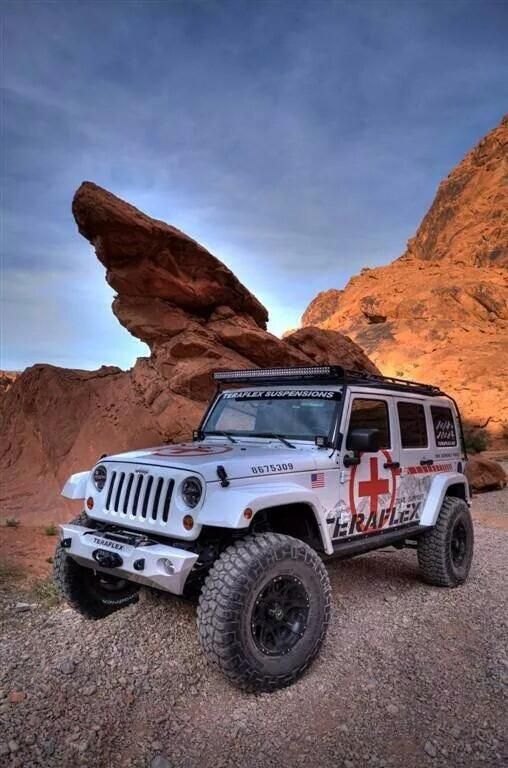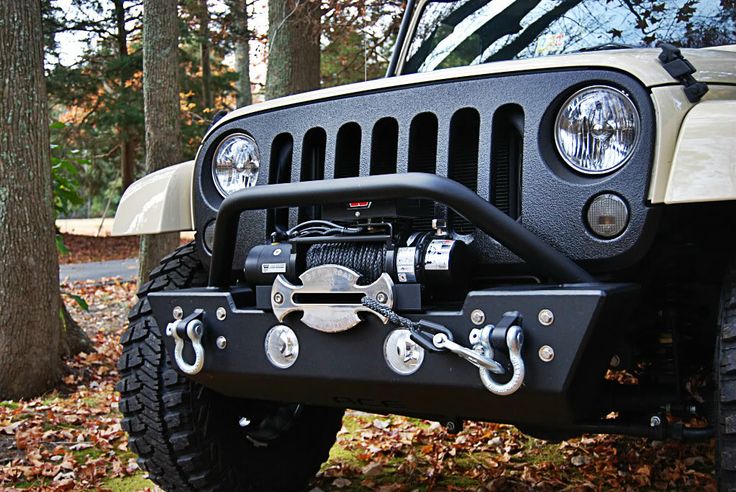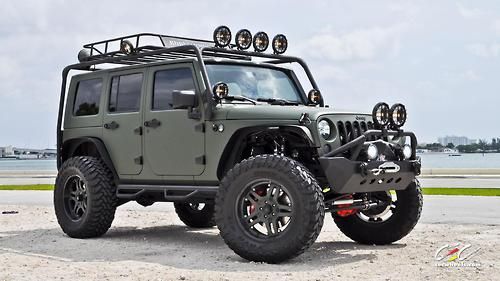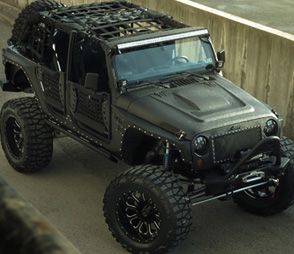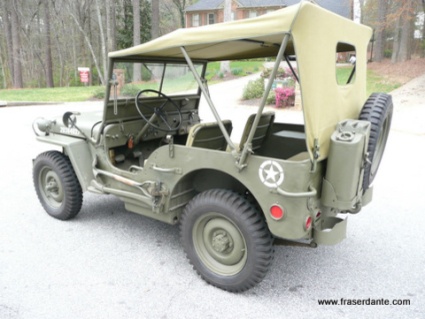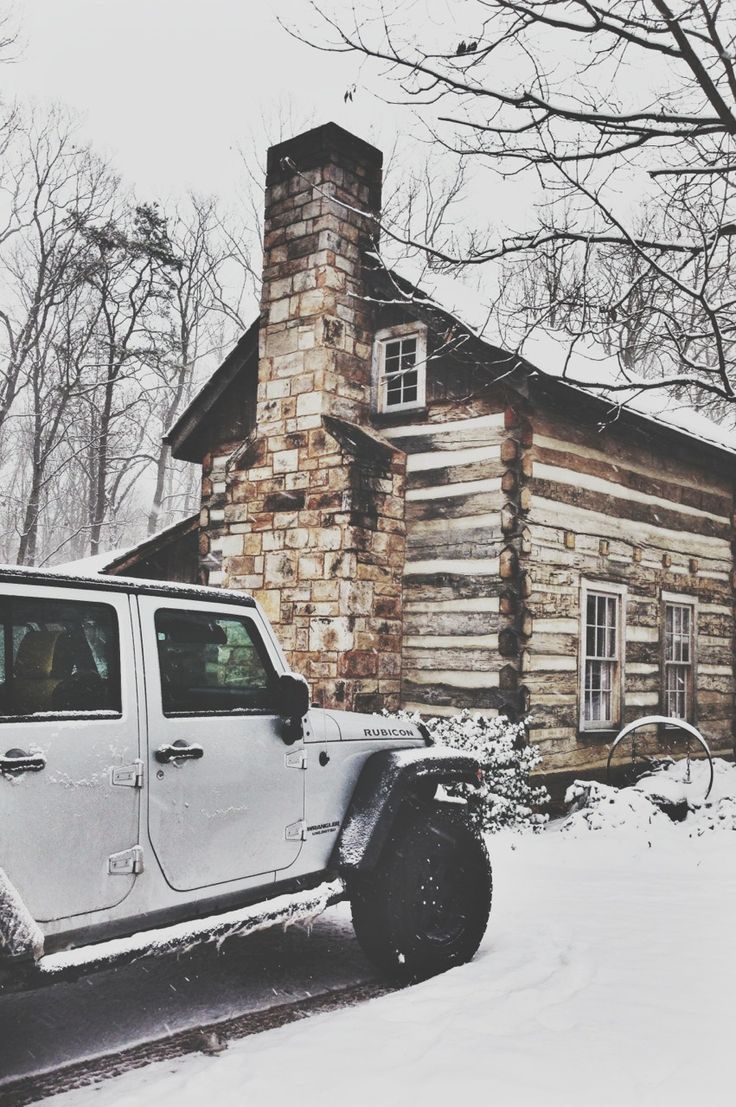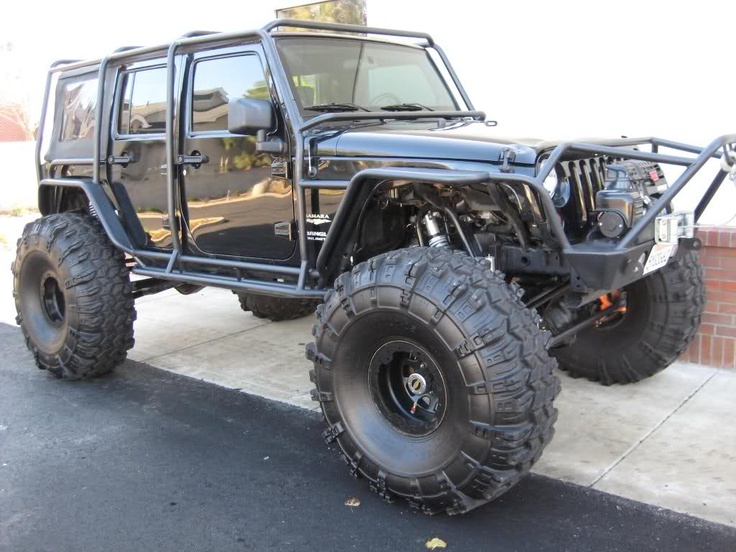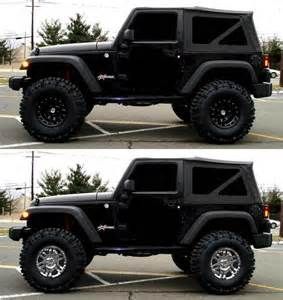Jeeps
The history of motor vehicles production counts a good deal of cars which entered “a hall of fame” of car industry. Nonetheless, it seems that there are a handful of designs which generously contributed to the development of a unique type, so much recognizable even today, more than half a century later. Beyond all doubt the Jeep deserves to be mentioned in this regard, being an iconic example of car making.
The Jeep originated from initial demand by the US militaries when it became clear that the United States was about to be engaged in WW II. The Army required a light-weight reconnaissance vehicle (not exceeding 1.275 lb or 578 kg), with load capacity of 600 lbs. According to many sources the Jeep was designed by American Bantam Car Company engineer Karl Probst, but due to impossibility to provide necessary number of vehicles for the Army, the production was later entrusted to Ford and Willys. Both manufacturers were given a free hand in introducing their own changes. With a steadily growing demand for more military vehicles, Willys issued a license for the US government to choose the second producer in order to assemble Jeeps with Wllys original specifications. The government chose Ford as it had necessary capabilities to manufacture a good number of cars.
During the War the Jeep manifested itself as a reliable high-performance type of military transport. There were other models designed for military use, including the Jeep M715 (broadly exploited during the Vietnam War) and the CJ-V35/U capable of moving under water. Later on, in the early post-war years, the Jeep marque was one of the first to realize the importance of AWD powertrain for commercial vehicles, making it more attractive and versatile for civilian use. Since then the Jeep has been offering a broad range of Station Wagons and pick-ups for off-road driving and recreational purposes, for instance the Willys Jeep Truck produced between 1947 and 1965, and the Willys Jeep Station Wagon (1946-1965). Taking into account the Jeep's orientation for off-road designs, its automobiles found many applications in civil service, such as mail delivery, farming and even agriculture. The CJ-2A had brilliant characteristics as a farming tractor fitted with a 3 point hitch and a number of implements like plowshares and power mowers.
Contemporary model range manufactured by the Jeep comprises mid-size, compact sport-utility vehicles and compact pickup trucks. All of them represent refined cars with inviting interior and exterior looks, combining both cuteness and toughness in its appeal. They are available in two and four door body styles and suitable for city or high-way driving as well as for taking off-road, rough rides. Some of them may be considered to have luxurious looks and high cost, ranging from 40.000 to 60.000 $, such as the Jeep Grand Cherokee KL, making it less affordable. However there are less expensive models still in production, such as the Jeep Renegade, the Jeep Wrangler JK the Jeep Compass with MSRP from 17.000 – 18.000 $ to 23.000 – 28.000 $.
All modern vehicles produced under the Jeep's marque have comparatively high fuel efficiency in terms of SUVs, with most of the cars not exceeding the threshold of 20-23 MPG for a city traffic and 25-30 for a highway.
